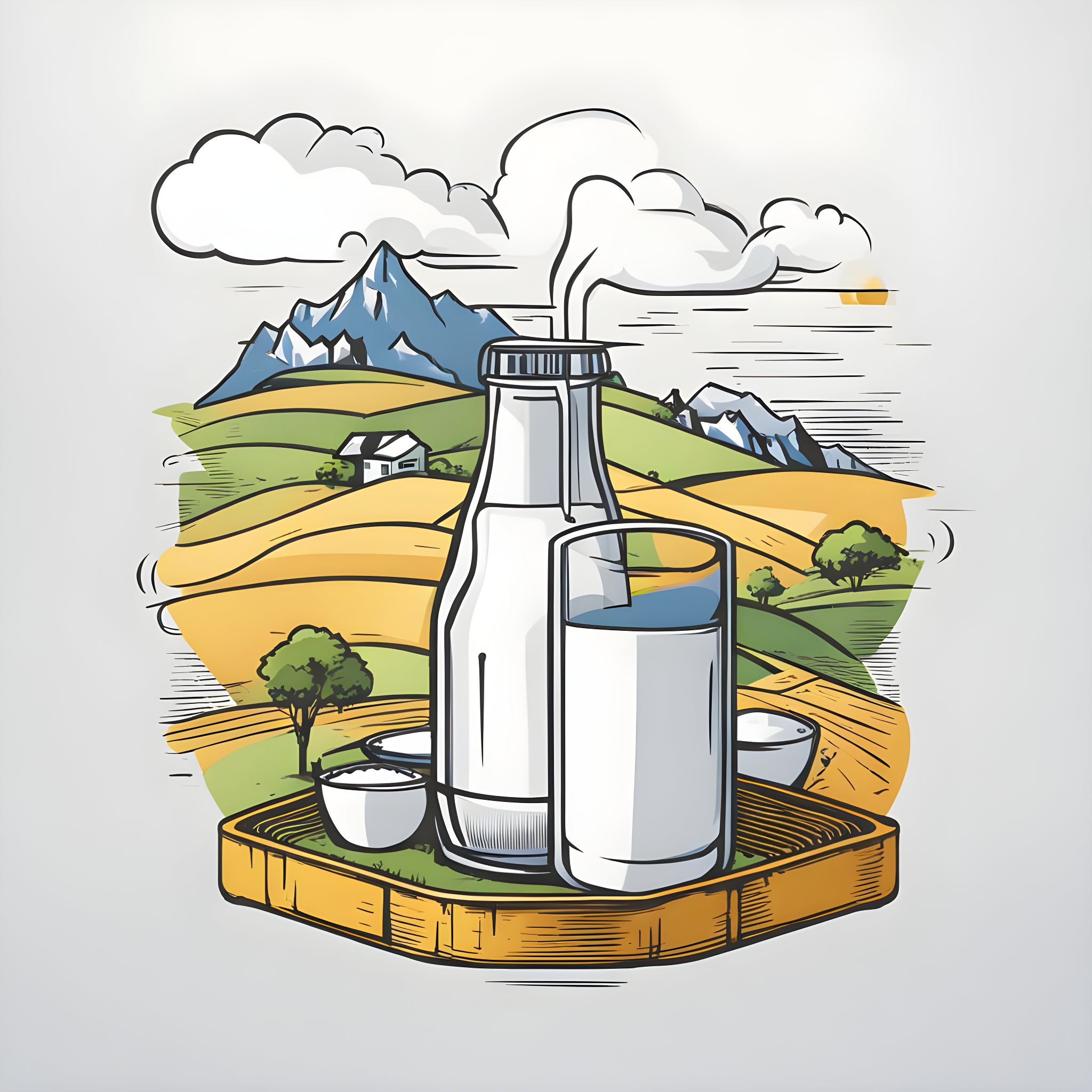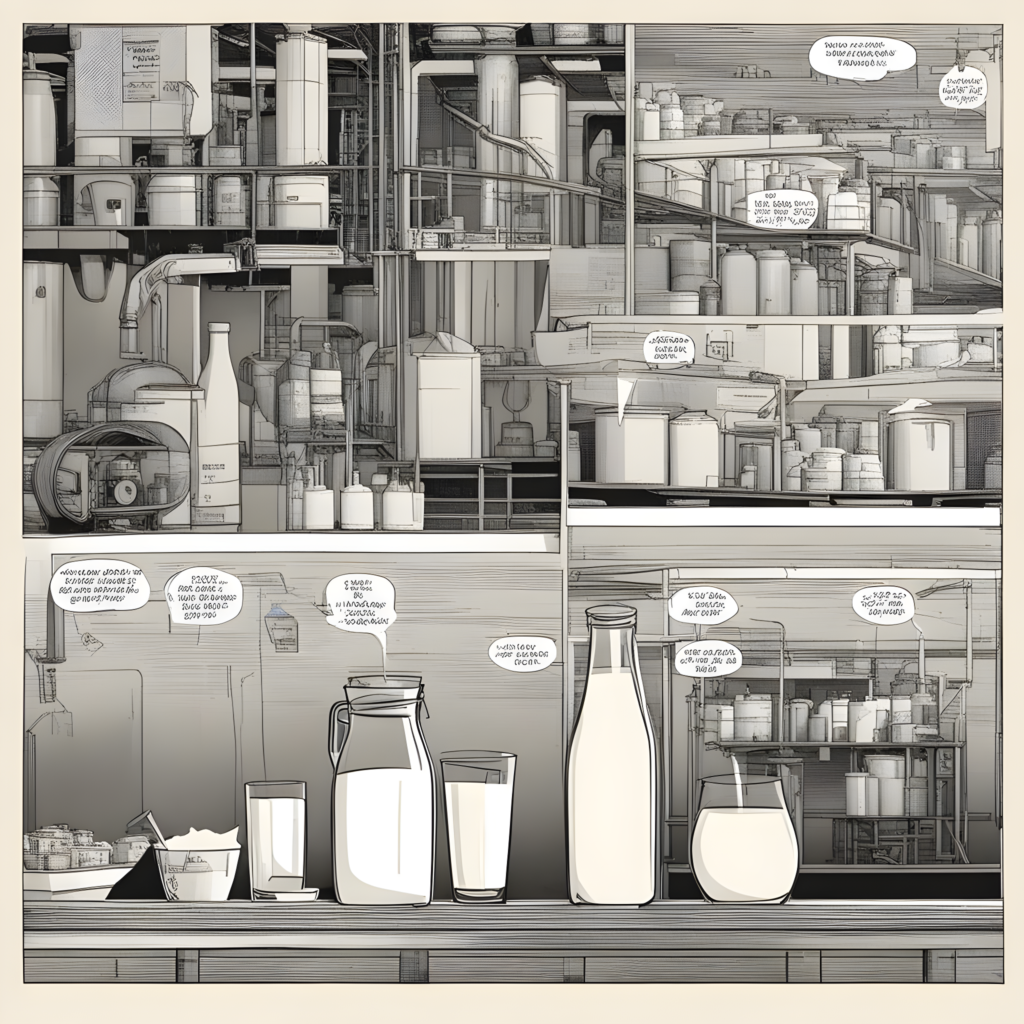The Milk Economy: A Global Overview
- 5 September 2023 | 328 Views | By Mint2Save

Milk is a versatile food that is enjoyed by people all over the world. It is known to be a genuine source of protein, calcium, and other nutrients. The milk economy is a complex and interconnected system that involves the production, processing, and distribution of milk and dairy products.
Production
The production of milk is the first step in the milk economy. Milk is produced by dairy animals, such as cows, goats, and sheep. The majority of milk production in the world comes from cows. Dairy animals are typically raised on farms, but they can also be raised in other settings, such as urban areas.

The amount of milk that a dairy animal produces depends on a number of factors, including the animal’s breed, age, and health. Milk production also varies depending on the climate and the quality of the feed that the animal is given.
PropTech : Learn how it will help you manage, Rent, Buy, Sell Property
Processing
Once milk is produced, it is typically processed before it is sold to consumers. Processing can involve a variety of steps, such as pasteurization, homogenization, and bottling. Pasteurization is a process that kills harmful bacteria in milk. Homogenization is a process that breaks down the fat molecules in milk so that they stay evenly distributed. Bottling is the process of packaging milk in containers for sale.
Distribution
After milk is processed, it is distributed to retailers and consumers. Milk can be distributed through a variety of channels, such as grocery stores, milk vending machines, and online retailers.
CreditQ : Virtual Business Assistant to Identify Business Defaulters
The Global Milk Economy
The global milk economy is a significant economic force. In 2021, the global dairy market was worth an estimated $500 billion. The top five producers of milk in the world are India, the United States, China, Brazil, and the European Union.
The milk economy is a dynamic and complex system. It is affected by a variety of factors, such as the price of milk, the availability of feed, and the demand for dairy products. The milk economy is also affected by government policies, such as subsidies and tariffs.
The Future of the Milk Economy
The future of the milk economy is uncertain. There are a number of challenges facing the industry, such as climate change, the rise of plant-based alternatives, and the increasing cost of feed. However, there are also a number of opportunities, such as the growing demand for dairy products in developing countries and the development of new technologies that can improve the efficiency of milk production.
The milk economy is a vital part of the global food system. It provides food and income for millions of people around the world. The future of the milk economy is uncertain, but it is clear that the industry will continue to play an important role in the world’s economy.
In addition to the economic benefits, the milk economy also has a number of environmental and social benefits.
- Environmental benefits: The milk economy can help to reduce greenhouse gas emissions. Dairy animals can be a source of manure, which can be used as a fertilizer. Manure can help to improve soil quality and reduce the need for chemical fertilizers.
- Social benefits: The milk economy can help to create jobs and boost rural economies. Dairy farming is a major source of employment in many countries, especially in developing countries. The milk economy can also help to improve nutrition and food security. Dairy products are a good source of protein and calcium, which are essential nutrients for human health.
Effect of Coronavirus on World Economy
The milk economy is a complex and dynamic system that has a significant impact on the global economy. It is important to understand the challenges and opportunities facing the industry so that we can ensure that it continues to thrive in the future.










